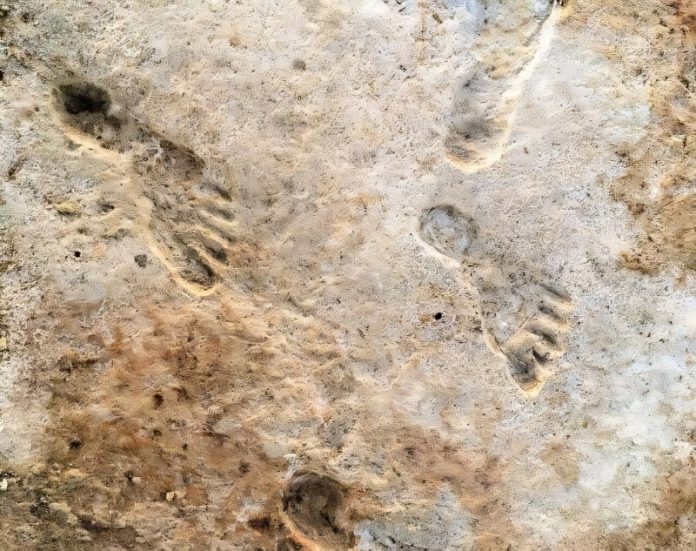
The story of when humans first arrived in the Americas is being rewritten—thanks to some ancient footprints found in New Mexico.
These footprints, discovered in the White Sands area, suggest people were in North America much earlier than scientists once thought.
Vance Holliday, a geologist and archaeologist from the University of Arizona, first visited White Sands in 2012 to study its unique landscape of rolling white dunes.
This surreal area, made of fine gypsum sand, lies next to a U.S. Army missile range, making research access limited.
Still, Holliday got the chance to examine some trenches on the military land. He had no idea that nearby were ancient footprints buried under the sand—evidence that would change history.
In 2019, researchers from Bournemouth University and the U.S. National Park Service uncovered these human footprints and published a groundbreaking study in 2021.
They dated the footprints to between 21,000 and 23,000 years ago—around 10,000 years older than what was previously believed to be the earliest human presence in North America. That older site was near Clovis, New Mexico, known for its stone tools.
However, some scientists doubted the 2021 study, saying the seeds and pollen used to date the footprints might not be reliable.
Now, Holliday has led a new study that uses a different material—ancient mud—for radiocarbon dating.
This time, the mud samples confirmed the original dates, with results showing they are between 20,700 and 22,400 years old. A total of 55 dates from three labs using three materials now all point to the same timeline.
“It’s a remarkably consistent record,” Holliday said. “It would be an incredible coincidence for all the dates to match up and still be wrong.”
The footprints were found in what used to be a lakebed. Thousands of years ago, the area was filled with water, but wind and erosion changed the landscape. Some of the history has been lost, but the footprints remained buried and protected under layers of sand.
Holliday and his student, Jason Windingstad, returned to the site in 2022 and 2023 to dig new trenches and study the land’s layers more closely.
Seeing the footprints in person, Windingstad said, felt surreal—because it challenged everything he’d learned about how and when people first came to North America.
Some critics still question why no tools or artifacts were found near the prints. Holliday says it’s likely that early people were careful not to lose valuable items, especially if they were only passing through briefly.
With more solid evidence now backing the original claim, Holliday feels confident. “We now have a lot of consistent, direct data from the field,” he said.



